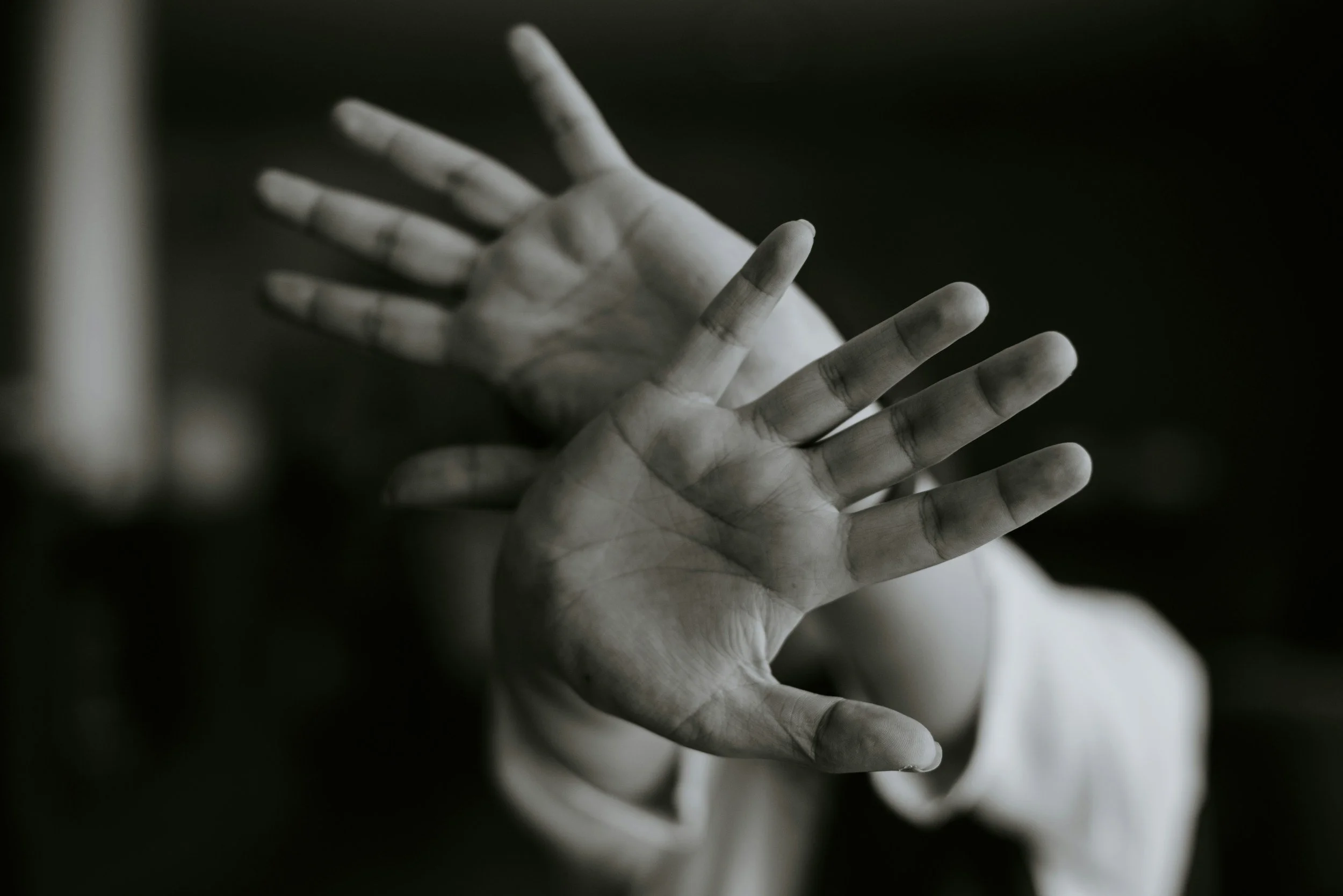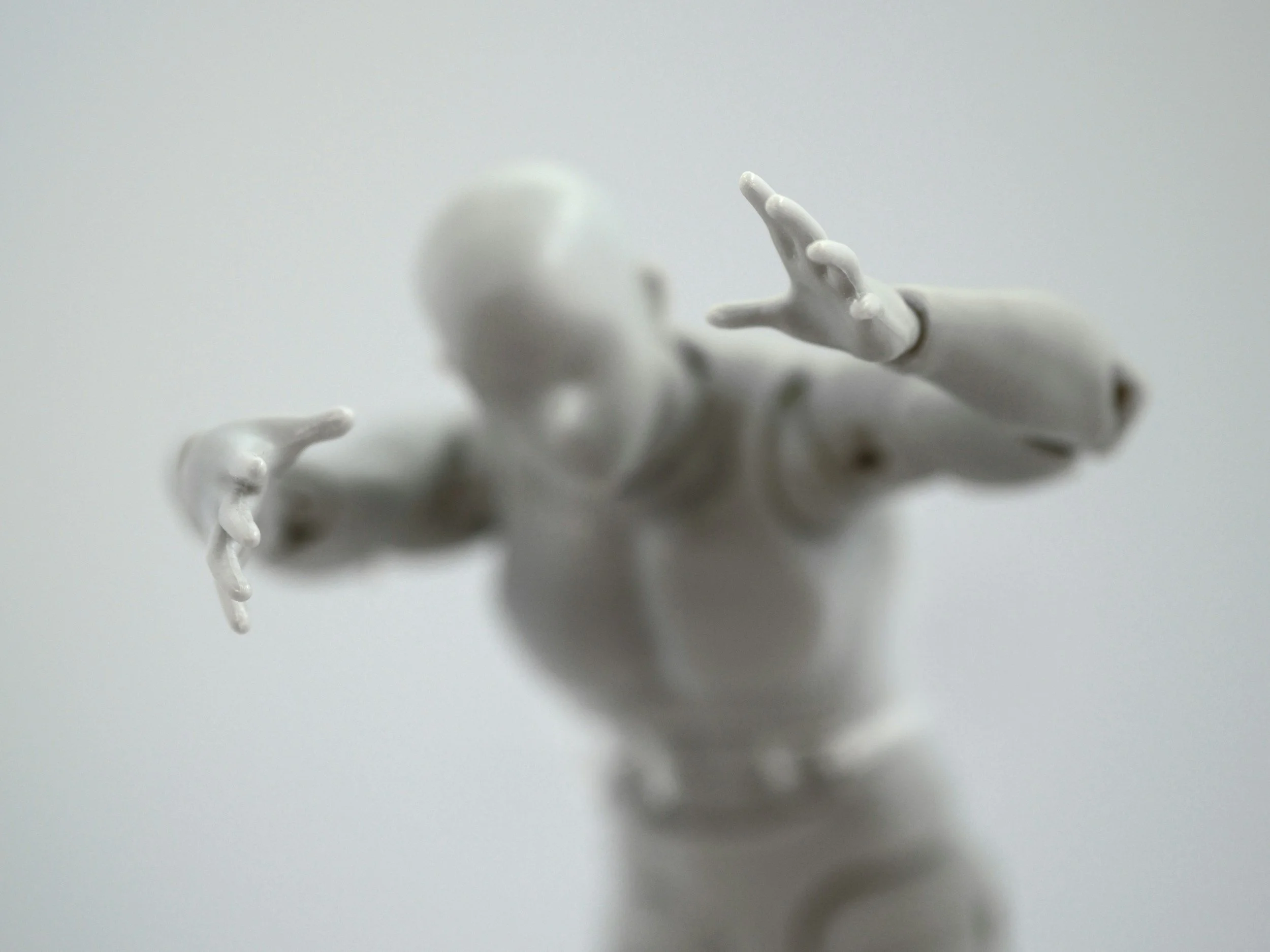Safer Living
At Mums of the Hills, we believe that feeling safe in your everyday life. Whether you're walking down the street, heading out with friends, or navigating public spaces, feeling safe is a basic right, not a luxury. However, too many women and girls carry a quiet fear with them and we wanted to change that.
Our Safer Living initiative is about practical empowerment without creating fear or panic. We’ve enlisted skilled and experinced trainers to provide knowledge, build confidence, and connect community. On this page, you’ll find demonstration videos from our community self-defence sessions and articles that explore personal safety and why it matters. This isn’t about learning how to fight. It’s about knowing what to do, how to trust your instincts, and how to stand your ground when it matters most.
Whether you’re a mum, a teen, or someone who just wants to feel a bit more confident, this space is for you. This initiative has funded through our Empowering Women grant project and is thanks to Bendigo Bank and the Yarra Ranges Council.
A huge thanks to David from Upwey TKD for facilitating these classes and sharing these useful articles with us.
Videos from our Self-defence classes
These videos were filmed by attendees at our community self-defence sessions and are shared here to help you revisit and practice what you’ve learned, or get a feel for what our classes are all about.
FEAR & the 3 "F"s
When confronted by someone or an unusual event we are often surprised by our body's reaction, often interpreted as 'Fear'. We need to teach our children that these feelings are quite natural and everybody feels them at some time.
Read on to find out how.
Recognising Danger
We all want to ensure the safety of our children but keeping them safe can be a 24/7 job. We can ease the load on ourselves as parents by teaching our children to recognise potentially dangerous situations and appropriate responses whilst putting these ideas into practice for ourselves.
Read on to find out more.
Our Attitude
Self defence begins in the mind because the mind controls the body. We can use neuro-association as a safer living skill to train ourselves for successful outcomes in a confrontation.
Read more to learn how.
Why would I be a victim?
Let’s get one thing straight first: Victims of crime are just that, victims, and should never blame themselves or wonder what they did wrong or did to deserve some sort of punishment. Although any particular instance is often out of our control there are things that we can consider in order to minimise our risks without locking ourselves away and not having a ‘life’.
Read on to learn more.





